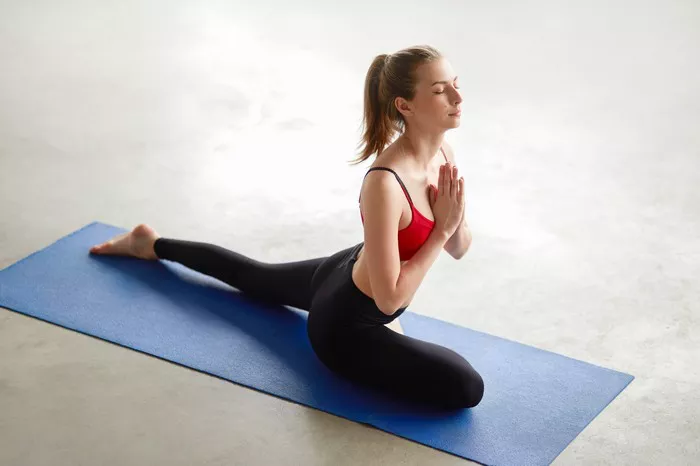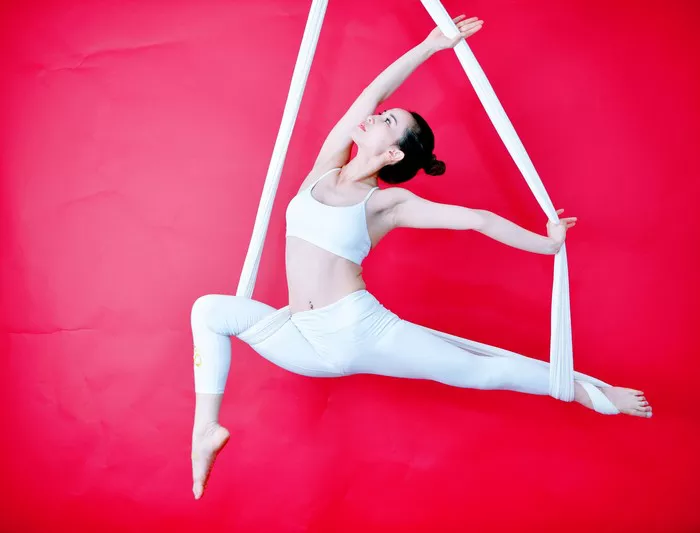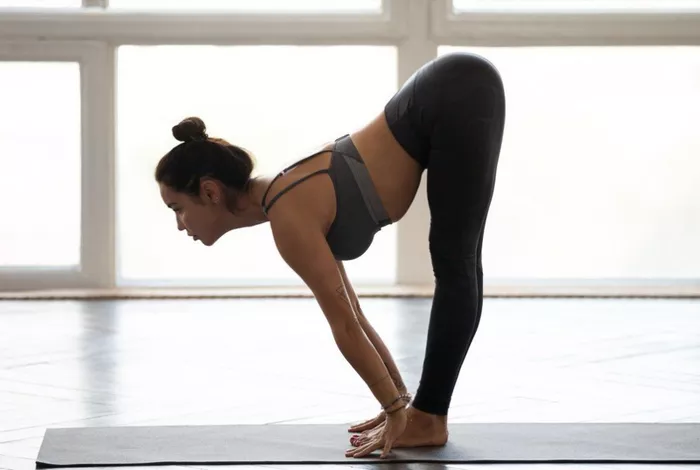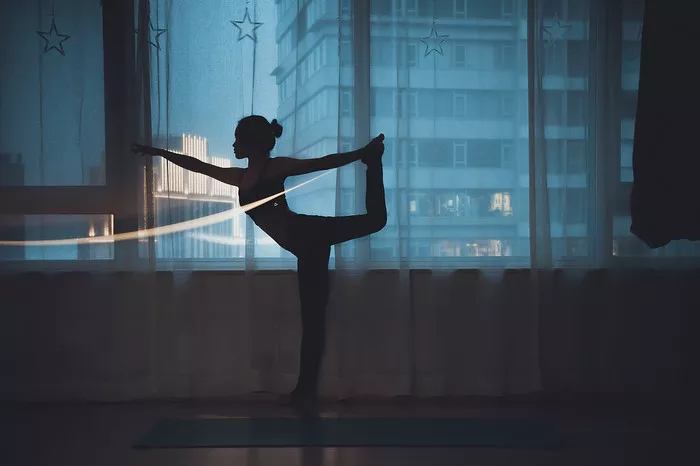The hips are pivotal for mobility, stability, and overall well-being. Yet, in our sedentary lifestyles, they often bear the brunt of prolonged sitting, leading to stiffness and reduced flexibility. Yoga, with its focus on mindful movement and stretching, offers a holistic approach to improving hip flexibility. In this article, we will delve into various yoga poses specifically designed to unlock and enhance hip flexibility.
Understanding Hip Flexibility
Before diving into the poses, it’s essential to understand the anatomy of the hips. The hip joint is a ball-and-socket joint formed by the femur (thigh bone) and the acetabulum of the pelvis. Surrounding this joint are muscles, tendons, and ligaments that support movement in multiple directions, including flexion, extension, abduction, adduction, and rotation.
Factors such as age, genetics, lifestyle, and physical activity level influence hip flexibility. Tightness in the hips can lead to discomfort, restricted movement, and even contribute to issues like lower back pain. Incorporating yoga into your routine can help alleviate these issues by gently stretching and strengthening the muscles around the hips.
Yoga Poses for Hip Flexibility
1. Bound Angle Pose (Baddha Konasana)
- Sit on the floor with your legs extended.
- Bend your knees and bring the soles of your feet together, allowing your knees to fall open.
- Hold your feet or ankles with your hands.
- Lengthen your spine and gently press your knees towards the floor.
- Hold for 30 seconds to one minute, breathing deeply.
Benefits: Baddha Konasana stretches the inner thighs, groins, and knees, improving flexibility in the hip joint.
2. Low Lunge (Anjaneyasana)
- Start in a high plank position.
- Step your right foot forward between your hands, aligning the right knee over the right ankle.
- Lower your left knee to the floor and slide it back until you feel a stretch in the left hip flexor.
- Keep your torso upright or gently lift your arms overhead.
- Hold for 30 seconds to one minute, then switch sides.
Benefits: Anjaneyasana stretches the hip flexors of the back leg while opening the front of the hips and pelvis.
3. Pigeon Pose (Eka Pada Rajakapotasana)
- Begin in a tabletop position with your wrists under your shoulders and knees under your hips.
- Slide your right knee forward towards your right wrist, allowing your right ankle to come towards your left wrist.
- Extend your left leg behind you, keeping your hips squared.
- Lower your torso towards the floor, resting on your forearms or forehead.
- Hold for 30 seconds to one minute, then switch sides.
Benefits: Eka Pada Rajakapotasana deeply stretches the hip rotators, flexors, and extensors, improving hip mobility and flexibility.
4. Happy Baby Pose (Ananda Balasana)
- Lie on your back with your knees bent and feet flat on the floor.
- Lift your feet towards the ceiling, bending your knees towards your armpits.
- Hold the outside edges of your feet with your hands, spreading your knees wider than your torso.
- Gently pull down on your feet while pressing your tailbone towards the floor.
- Hold for 30 seconds to one minute, rocking gently from side to side if desired.
Benefits: Ananda Balasana stretches the inner groins and thighs while releasing tension in the lower back and hips.
5. Cow Face Pose (Gomukhasana)
- Sit on the floor with your legs extended in front of you.
- Bend your knees and stack your right knee directly over your left knee.
- Flex both feet to protect the knees.
- Reach your right arm overhead and bend your elbow, allowing your right hand to rest between your shoulder blades.
- Reach your left arm behind your back and bend your elbow, reaching for your right hand.
- Hold for 30 seconds to one minute, then switch sides.
Benefits: Gomukhasana stretches the hips, thighs, ankles, shoulders, armpits, triceps, and chest, improving overall flexibility and mobility.
Incorporating Yoga Into Your Routine
To reap the benefits of these yoga poses for hip flexibility, consistency is key. Aim to practice these poses regularly, ideally incorporating them into a well-rounded yoga routine that also includes strength-building and relaxation techniques.
When practicing yoga, remember to listen to your body and honor its limitations. Avoid pushing yourself into pain and instead focus on gentle, gradual progress over time. Additionally, consider working with a qualified yoga instructor, especially if you’re new to yoga or have any pre-existing injuries or conditions.
Conclusion
Improving hip flexibility through yoga is not only beneficial for physical health but also for mental and emotional well-being. By incorporating these yoga poses into your routine, you can release tension, improve mobility, and cultivate a greater sense of ease and comfort in your body. So roll out your mat, take a few deep breaths, and let yoga guide you on the path to unlocking your hip flexibility.
FAQS:
Why is my hip flexibility so bad?
Hip flexibility can be compromised due to various factors such as sedentary lifestyle, lack of stretching, muscle imbalances, past injuries, or even genetic predisposition. Sitting for prolonged periods tightens hip flexors, leading to reduced range of motion.
How quickly can you improve hip flexibility?
The timeline for improving hip flexibility varies depending on individual factors like current flexibility level, consistency of stretching routine, and any underlying issues. With regular stretching and targeted exercises, noticeable improvements can occur within a few weeks to a few months. However, significant gains may take longer, requiring consistent effort over several months.
What causes very tight hips?
Tight hips can result from a combination of factors including sedentary lifestyle, lack of physical activity, muscle imbalances, poor posture, and even emotional stress. Overuse of certain muscles, such as those involved in sitting, can lead to tightness and restricted range of motion in the hips. Stretching and strengthening exercises can help alleviate tightness and improve flexibility over time.

























